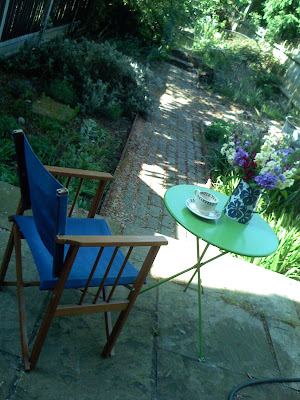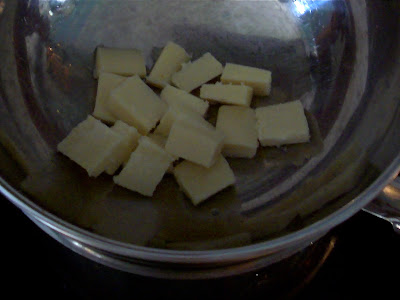

a blog mostly about food


 This week it’s been English Wine Week, as you might imagine an event set up to encourage greater recognition (and consumption) of the wines produced in old Blighty. Its fair to say that even five years ago most people would have choked on their glass of Sauvignon at the prospect of a wide range of drinkable English wines being available, but even though many still might, they should perhaps think again. There are good English wines on offer in most of the major supermarkets and most self respecting farm shops also carry a few. Vineyard gate sales are also up.
This week it’s been English Wine Week, as you might imagine an event set up to encourage greater recognition (and consumption) of the wines produced in old Blighty. Its fair to say that even five years ago most people would have choked on their glass of Sauvignon at the prospect of a wide range of drinkable English wines being available, but even though many still might, they should perhaps think again. There are good English wines on offer in most of the major supermarkets and most self respecting farm shops also carry a few. Vineyard gate sales are also up. Here its is, its from New Hall vineyard, which is out towards the coast from Chelmsford. To pair with it we decided on a classic choice of lamb cutlets (local of course),
Here its is, its from New Hall vineyard, which is out towards the coast from Chelmsford. To pair with it we decided on a classic choice of lamb cutlets (local of course),  simply grilling these and serving with new potatoes and wilted mixed greens. The match worked well and the rosé also stood up to being sipped on its own as an aperitif, its nice and fruity but sufficiently dry to be refreshing without too much acidity. It’s a nice mid but bright rosé colour. I thought it was a great all round wine both good on its own and with the lamb, much better than many rosés which can either be too sweet or too acidic. It’s pretty sensibly priced at about £6.00 a bottle (direct from the vineyard) and, I think, would rank well against a slightly pricier rosé.
simply grilling these and serving with new potatoes and wilted mixed greens. The match worked well and the rosé also stood up to being sipped on its own as an aperitif, its nice and fruity but sufficiently dry to be refreshing without too much acidity. It’s a nice mid but bright rosé colour. I thought it was a great all round wine both good on its own and with the lamb, much better than many rosés which can either be too sweet or too acidic. It’s pretty sensibly priced at about £6.00 a bottle (direct from the vineyard) and, I think, would rank well against a slightly pricier rosé.

By Karen, and she’s in Harve, Montana! Go on, go check the map like I had to.

Now lets get a few things straight here I don’t mean I’ve been orphaned all this time and finally found someone to adopt me at the fine old age of, well lets just leave my age out of this shall we….

After Kirsten has matched us all up we get to meet online and start to chat, it’s kind of like a latter day version of pen pals. To take part we’ve promised to introduce each other to our respective worlds and at the end of three months to blog about what we’ve each learned. I’ve already been badgering Karen with lots of questions and tweaking my blog to incorporate some of her tips.
So please go check out Karen's blog yourself for lots of good stuff including the latest Montana snow (on 13 May!).


 When I was researching my Eurovision inspired Norwegian breakfast I came across a dish called rømmegrøt that I wanted to try, but further investigation told me that its wasn’t a breakfast dish at all but more of a festival one. I think I was thrown by the translation of grøt as porridge.
When I was researching my Eurovision inspired Norwegian breakfast I came across a dish called rømmegrøt that I wanted to try, but further investigation told me that its wasn’t a breakfast dish at all but more of a festival one. I think I was thrown by the translation of grøt as porridge. Rømmegrøt really is a celebration or treat dish and as well as being served today (17 May, National Day) is served on occasions such as weddings, Christmas and harvest festival. At Christmas some might be left out for the Christmas pixie, a bit like we leave mince pies here, and on farms at harvest it is traditional to leave some out for the ‘nisser’ or house spirits to appease and thank them.
Rømmegrøt really is a celebration or treat dish and as well as being served today (17 May, National Day) is served on occasions such as weddings, Christmas and harvest festival. At Christmas some might be left out for the Christmas pixie, a bit like we leave mince pies here, and on farms at harvest it is traditional to leave some out for the ‘nisser’ or house spirits to appease and thank them.







 My nice glossy Norwegian cookbook that my brother gave me
My nice glossy Norwegian cookbook that my brother gave me the chocolatey nutty spread
the chocolatey nutty spread






















